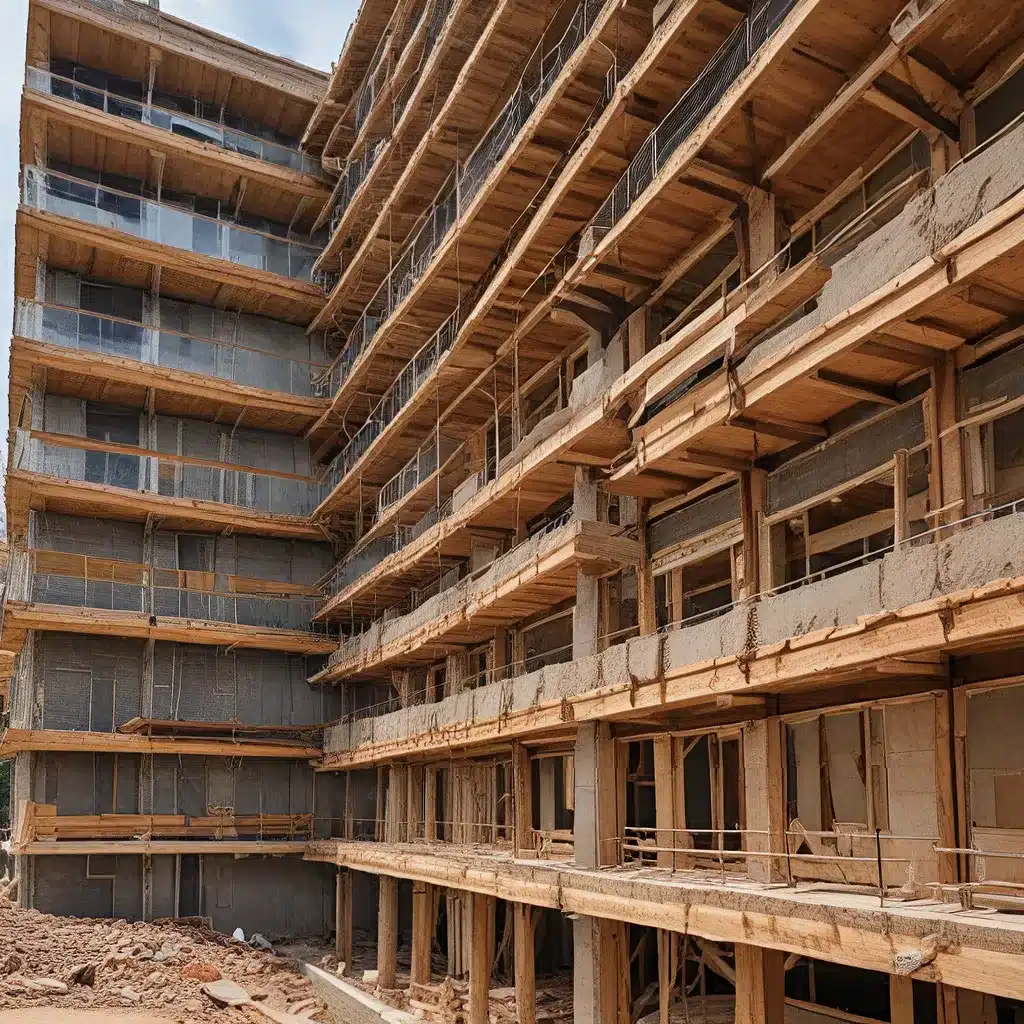
As someone passionate about renewable energy solutions, I’ve always been fascinated by the role building materials play in improving energy efficiency. In this article, I’ll delve into the world of sustainable building materials and explore how they can help us create more eco-friendly and energy-efficient structures.
The Rise of Sustainable Building Materials
The construction industry has long been a significant contributor to global greenhouse gas emissions, accounting for nearly 40% of total emissions worldwide. However, the tide is turning as more and more people recognize the urgent need to address this environmental challenge. Sustainable building materials have emerged as a critical solution, offering a way to reduce the carbon footprint of the built environment.
These materials are designed to minimize resource consumption, maximize energy efficiency, and promote a circular economy – where waste is reduced, and materials are reused or recycled. From insulation made from recycled plastic bottles to concrete reinforced with agricultural byproducts, the range of sustainable building materials available today is truly impressive.
Firewinder, a leading provider of renewable energy solutions, has been at the forefront of this movement, helping homeowners and businesses incorporate these innovative materials into their building projects.
Insulation: The Key to Thermal Efficiency
One of the most critical aspects of sustainable building is effective insulation. After all, what’s the point of generating renewable energy if it’s just going to be lost through poorly insulated walls and roofs? Fortunately, sustainable insulation materials are becoming increasingly popular and accessible.
Cellulose insulation, made from recycled paper and cardboard, is a great example. Not only is it highly effective at trapping heat, but it also has a lower carbon footprint than traditional fiberglass or foam insulation. Sheep’s wool insulation is another innovative option, naturally regulating temperature and providing superior soundproofing.
But the real game-changer in the world of sustainable insulation is aerogel. This ultra-lightweight, super-insulating material is made from silica and can reduce heat transfer by up to 50% compared to traditional insulation. While it’s still relatively new and expensive, the potential of aerogel to revolutionize the way we insulate our buildings is undeniable.
Structural Materials: Balancing Strength and Sustainability
When it comes to the structural components of a building, sustainability is just as important as load-bearing capacity. Fortunately, there are numerous sustainable options that can meet both of these requirements.
Cross-laminated timber (CLT), for example, is a remarkably strong and durable building material that is made from sustainably harvested wood. CLT panels can be used to construct entire buildings, and they sequester carbon in the process.
Another exciting development is the use of agricultural byproducts in concrete production. Researchers have found that adding materials like rice husks, bamboo, or straw to concrete can improve its strength and durability while reducing its environmental impact**.
Renewable Energy Integration: The Future of Sustainable Buildings
Sustainable building materials are just one piece of the puzzle when it comes to creating energy-efficient structures. Integrating renewable energy solutions is also crucial for minimizing a building’s carbon footprint.
Firewinder has been at the forefront of this movement, offering a range of innovative renewable energy products that can be seamlessly incorporated into building designs. From solar panels to wind turbines, they provide homeowners and businesses with the tools they need to generate their own clean power.
But the integration of renewable energy goes beyond just adding solar panels to the roof. Sustainable building design can also optimize the placement and orientation of a structure to harness natural light and wind, reducing the need for energy-intensive heating, cooling, and lighting.
Overcoming Challenges and Moving Forward
Of course, the transition to more sustainable building materials is not without its challenges. Cost, availability, and lack of awareness are just a few of the barriers that need to be overcome.
However, as demand for sustainable solutions grows, and more research and development is poured into these materials, the costs are likely to come down, and their availability will increase. Educating the public and promoting the long-term benefits of sustainable building is also crucial for driving this change.
Ongoing research in the field of sustainable building materials suggests that the future is bright. New innovations, such as self-healing concrete and biodegradable insulation, are constantly emerging, opening up new possibilities for creating truly eco-friendly structures.
As we continue to grapple with the urgent need to address climate change, the role of sustainable building materials in enhancing energy efficiency will only become more critical. By embracing these innovative solutions, we can build a greener, more sustainable future for generations to come.

